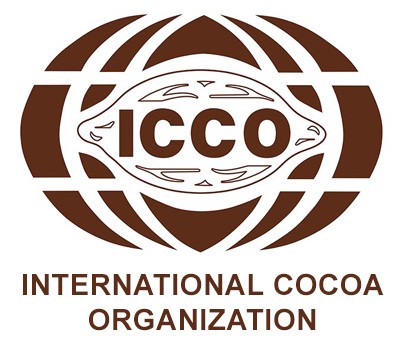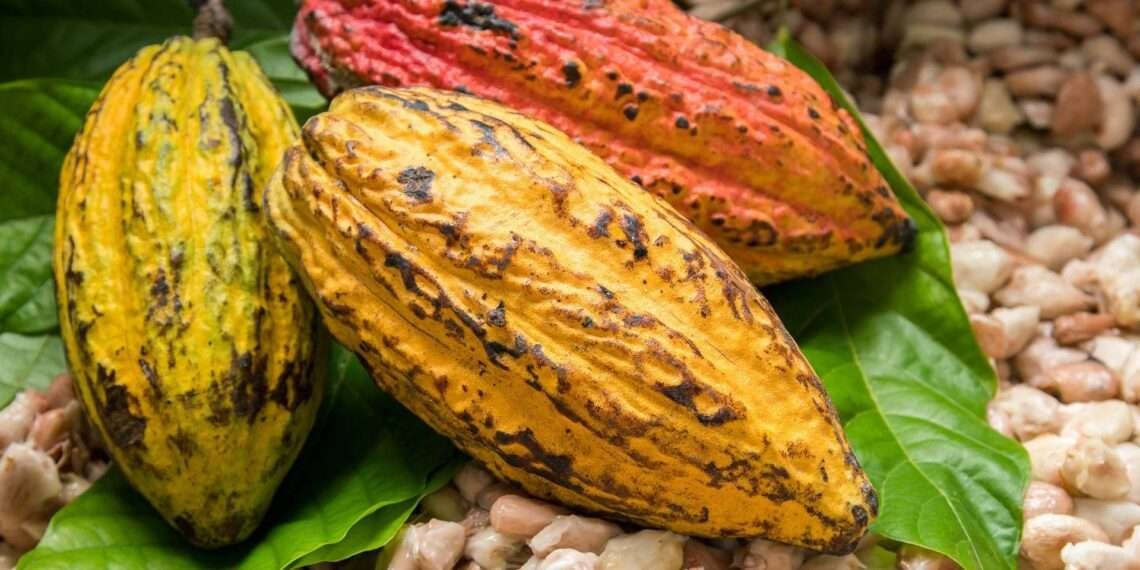The International Cocoa Organization (ICCO) has reported that volumes of cocoa purchases in Ghana have plummeted by 32% year-on-year in June 2022.
The ICCO disclosed in its Cocoa Market Report for June 2022 that “In Ghana, the latest available information indicated that volumes of cocoa purchases were lower by 32% year-on-year from 961,000 tonnes to 651,000 tonnes”.
Likewise, the report revealed that as at June 19, 2022, “cocoa arrivals in Côte d’Ivoire were reported at 1.943 million tonnes, down by 5% compared to the level of 2.045 million tonnes seen at the same period of the previous season”.

Cumulative rainfall (in millimetres) and the average soil moisture compiled from the weather database of Refinitiv for the cocoa growing areas in Côte d’Ivoire and Ghana show that the trend for the current cocoa year and the two previous seasons are nearly similar.
“This evidence suggests that the current low level of arrivals and purchases in both countries are not necessarily attributable to the weather. As no bottleneck in the haulage of cocoa upcountry has been reported, other parameters like aging cocoa trees or cocoa-related diseases as well as poor agricultural practices could have contributed to reducing the yield of cocoa farms and subsequently lowering the level of arrivals and purchases in Côte d’Ivoire and Ghana respectively”.
ICCO
The ICCO stated that during the last week of the month under review, the adequate meteorological conditions that prevailed in West Africa erased concerns regarding cocoa supply. Hence, the JUL-22 contract prices plunged by 4% on both markets moving from US$2,138 to US$2,062 per tonne and from US$2,376 to US$2,291 per tonne in London and New York respectively.
Prices and the stock-to-grindings ratio
Nearby cocoa futures contract averaged US$2,139 per tonne and ranged between US$2,059 and US$2,215 per tonne in London while in New York, the JUL-22 contract traded at an average price of US$2,396 per tonne and oscillated between US$2,291 and US$2,522 per tonne in June, 2022. The 2% appreciation of the US dollar during the month under review contributed to curbing cocoa prices, the ICCO explained.
Meanwhile, the forecast price for 2021/22 is currently under the estimated 95% confidence interval as it dropped from US$2,503 to US$2,717 per tonne.
The ICCO noted that as at June 2022, while a supply deficit is expected for the ongoing 2021/22 season, cocoa futures prices followed a downward trend which has mainly been triggered by economic uncertainties. A year back (June 2021), prices followed a downward trend as in the midst of the Covid-19 pandemic and the global cocoa market was expected to end the 2020/21 cocoa year with an excess supply.
“This situation clearly illustrates that the stock-to-grindings ratio is not robust enough to drive cocoa futures prices as the ‘severity’ of surplus/deficit depends on the volume of grindings for that specific year. Nevertheless, the observed discrepancy for the ongoing 2021/22 season is not as big as that of the 2011/12 cocoa year. The demand for cocoa is expected to overtake supply for 2021/22”.
ICCO
The stock-to-grindings ratio is among the market forces of the cocoa market that determine cocoa price movements. It is obtained by dividing the end-of-season stocks of the previous cocoa year by the estimated grindings for the actual crop year.
This indicator is used to measure the relative scarcity or availability of cocoa beans for processing activities during a given cocoa year. Thus, world cocoa prices and the stocks-to-grindings ratio are inversely related as it is considered that a higher stock-to-grindings ratio will result in lower cocoa prices and vice versa.
The reason for the inverse relationship is that, higher values of the stock-to-grindings ratio suggest relatively abundant cocoa stocks that is available to satisfy the demand for cocoa processing and subsequently is anticipated to pressure down cocoa prices.
On the contrary, lower values for the stock-to-grindings ratio indicate a relative scarcity of cocoa beans in respect to the expected grindings activities and thereby contributes to bolster cocoa futures prices. However, it is worth noting that, the stock-to-grindings ratio is not self-sufficient to explain the trends of cocoa prices for various reasons.
Notably, it does not account for parameters like currencies strength, inflation, and other fundamental factors which have a direct impact on price movements. The calculation depends on the precision and accuracy of statistics at the end of season of cocoa stocks and grindings.
READ ALSO: President Akufo-Addo Urges Governing Council To Represent Ghana On The African Peer Review Panel























